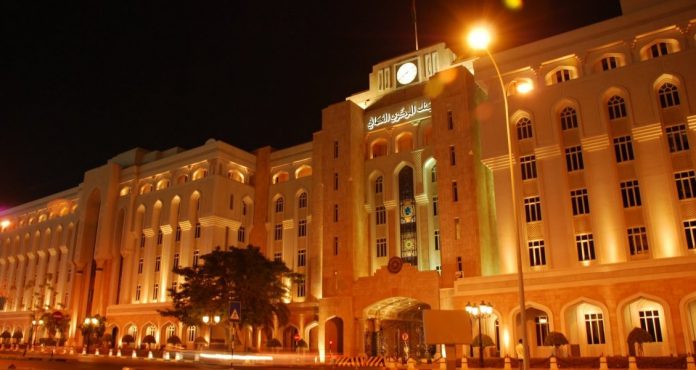The OER-GBCM Best Bank’s in Oman survey 2017 shows a robust performance by the banking sector despite strong headwinds
Banking sector regulations and reforms by the Central Bank of Oman (CBO) has resulted in a strong and resilient banking system in the Sultanate over the years. Adherence to a strict and disciplined monetary policy, risk-based supervision of banks, implementation of Basel accords, development of modern payment and settlement systems and supporting growth with containment of inflation have led to financial stability. Credit growth to productive sectors including SMEs have also helped in the growth of the overall economy.
Says HE Hamood Sangour Al-Zadjali, Executive President, CBO, “A well calibrated approach to banking sector reforms by the CBO such as adoption of risk-based supervision of banks, implementation of Basel accords and the development of modern payment and settlement system has led to the emergence of a strong and resilient banking system over the years. Policy measures in the recent period were formulated against the backdrop of economic slowdown, lower inflation, rising rial Omani interest rates on deposits and deficits in fiscal and balance of payment positions.”
Key enabler
The fall in oil prices has impacted overall economic activity, but despite challenges, the banking sector remained robust supporting economic diversification initiatives and credit needs in 2016. The performance of the banking sector continued to be positive in 2016. The combined balance sheet of conventional and Islamic banks (other depository corporations) strengthened over the years due to the robust growth in both deposits and credit. The total assets of other depository corporations stood at RO29.9bn in December 2016. The total outstanding credit extended by the other depository corporations stood at RO22.1bn as at the end of December 2016, a rise of 10.1 percent over the level witnessed a year ago. Credit to the private sector increased by 10.1 per cent to RO19.7bn as at the end of December 2016. Total deposits registered a modest growth of 5.2 per cent to RO20.4bn as at the end of December 2016.
Another notable achievement of 2016 was the coming of age of Islamic Banking in Oman. Since the introduction of Islamic banking in the Sultanate in 2012, two full-fledged Islamic banks were established and six local banks have formed windows for practicing Islamic banking. Islamic banks have opened up new segments and players and thus added to the competitive environment not only in terms of efficiency and innovation, but by also providing customers the benefit of choosing between both conventional and Islamic banking products.
Islamic banking entities provided financing to the extent of RO2.4bn as at the end of December 2016 when compared to RO1.8bn a year ago. Major part of the credit extended came from the Islamic windows of conventional banks and the remaining from the two full-fledged Islamic banks which are in the process of gaining greater market share. Total deposits held with Islamic banks and windows also registered a significant increase to RO2.2bn in December 2016 from RO1.5bn outstanding as at the end of December 2015. The total assets of Islamic banks and windows combined, amounted to RO3.1bn as at the end of December 2016 which constituted about 10.3 percent of the banking system assets. The availability of diverse banking services has helped in promoting financial inclusion and deepening in the banking sector in Oman. This year’s survey brings into its ambit the two Islamic banks in Oman namely Bank Nizwa and Alizz Islamic bank. The following pages reveal the best banks in Oman for year 2016.






